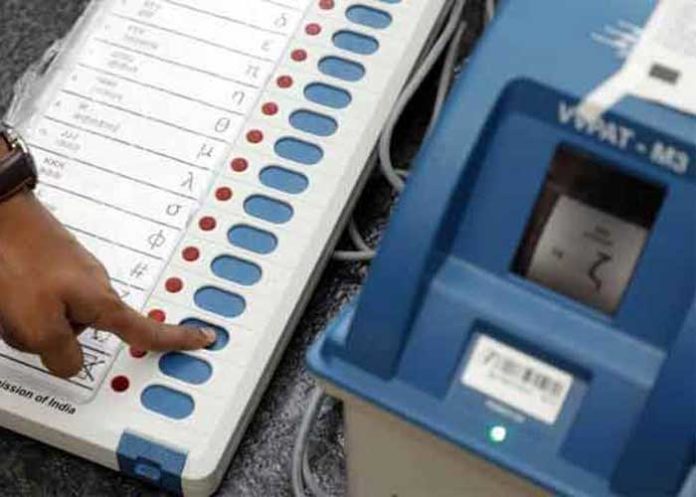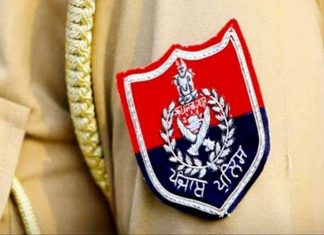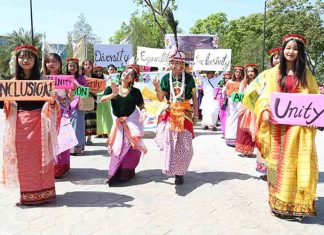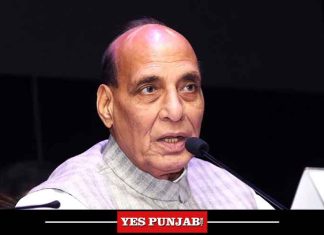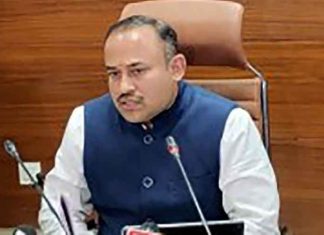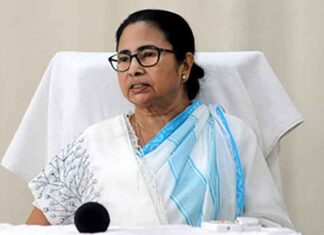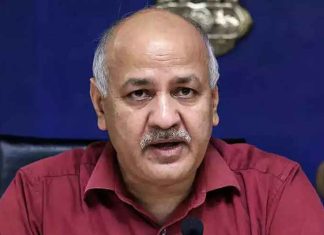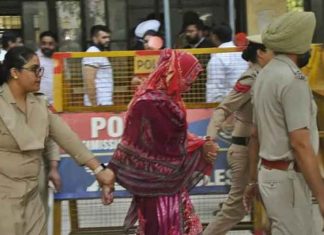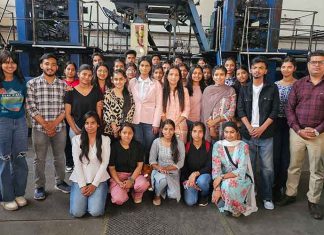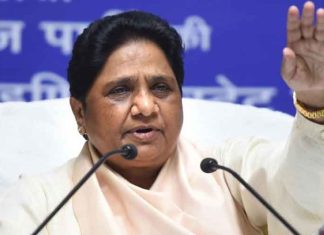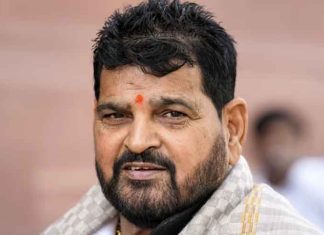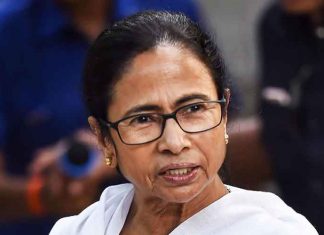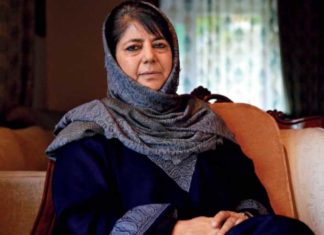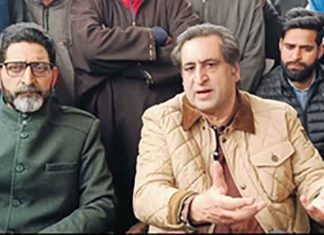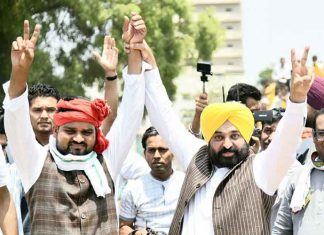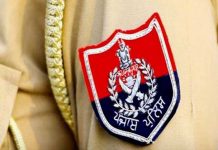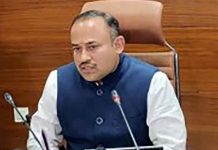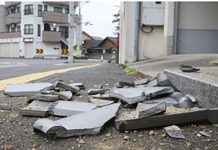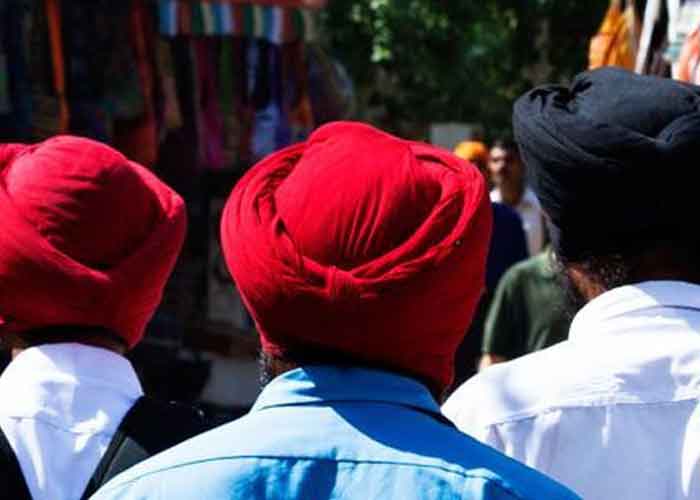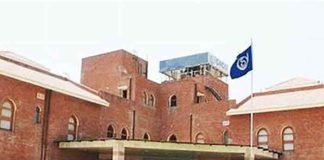New Delhi, March 28, 2021-
High voter turnout during the first round of Assembly polls in West Bengal on Saturday has once again given a chance to political pundits to speculate if it is a sign of anti-incumbency in the Trinamool Congress-ruled state.
Union Home Minister Amit Shah, in a press conference on Sunday, also asserted that that his Bharatiya Janata Party is going to win 26 out of 30 Assembly seats on which polling took place in the first phase of the elections.
A high voter turnout is usually seen as a sign of anti-incumbency. The argument is that anti-incumbency, which usually manifests itself as anger among voters, encourages more people to cast votes.
In a majority of Assembly elections in the past, a similar trend has been seen. But it is not that straightforward. High voter turnout could also be a reflection of a strong pro-incumbency sentiment; when voters feel strongly in favour of the incumbent government, they like to come out in large numbers and express their support.
Political analyst Abhay Kumar suggests that high voter turnout in maximum cases turned out as anti-incumbency move, while acknowledging that there are a few examples of pro-incumbency.
Sharing data, Kumar said there was 45.96 per cent voter turnout in the 2007 Assembly elections in Uttar Pradesh but the regime changed after the 2012 Assembly elections when 59.40 per cent voter turnout was registered — a hike of only 13.44 percentage points.
It was this time when the Samajwadi Party, giving the lie to most of the exit polls which were pointing to a hung assembly, secured a comfortable majority of 224 in a house of 403, outperforming the ruling Bahujan Samaj Party as well as the Congress and the BJP.
Similarly, there was 59.45 per cent voter turnout in 2007 Assembly polls in Uttarakhand but the regime changed in 2012 with 66.17 per cent voting – a difference of only 6.17 per cent more voting.
Giving example of the Punjab Assembly elections in 2007 when 75.45 per cent voter turnout was registered, Kumar said the regime continued after the 2012 Assembly polls when 78.20 per cent electorate cast their votes. It was a marginal difference of only 2.75 per cent but the electorate went for pro-incumbency.
In Himachal Pradesh, he said there was 71.61 per cent voter turnout in the 2007 Assembly elections but the regime changed after the 2012 Assembly polls when the poll percentage was recorded at 72.69 percent — only a 1.08 per cent rise.
In Goa, there was 70.51 per cent voter turnout in 2007 Assembly polls but the government changed after the 2012 Assembly elections that recorded 81.73 per cent voter turnout– a hike of 11.22 per cent turnout.
But in Gujarat, Kumar said a total of 59.77 per cent voter turnout was noted in 2007 Assembly polls in the state but the regime continued in 2012 even after a 71.30 per cent voter turnout — a hike of 11.53 per cent voter turnout.
There was less turnout in Manipur in 2012 compared to 2007, but the regime continued. in 2007, the turnout was 86.73 per cent, while the voter turnout in 2012 Assembly polls was 79.17 per cent — a decline of 7.56 per cent.
In Meghalaya, Kumar said 88.99 per cent voter turnout was registered in the 2008 Assembly elections, and decreased to 86.82 per cent in the 2013 polls, but the government continued in the state.
In Tripura, there was 91.22 per cent voter turnout in 2008 Assembly polls but the regime continued in 2012 when the polling increased to 91.82 per cent, rising by 0.6 per cent. (Agency)



